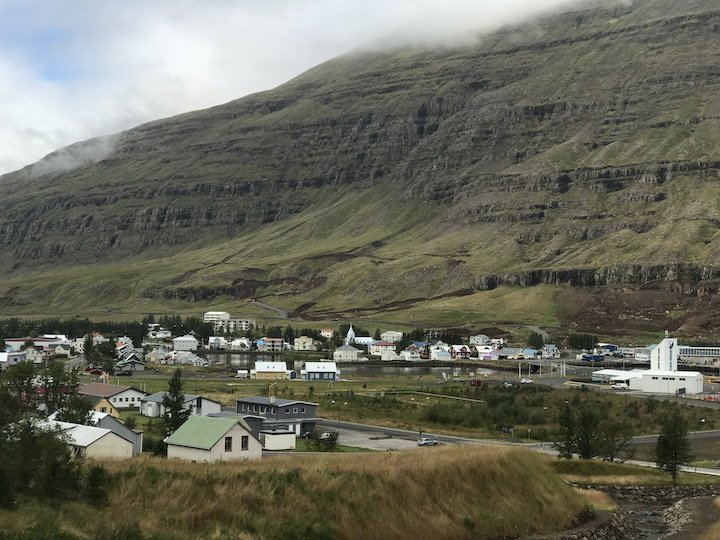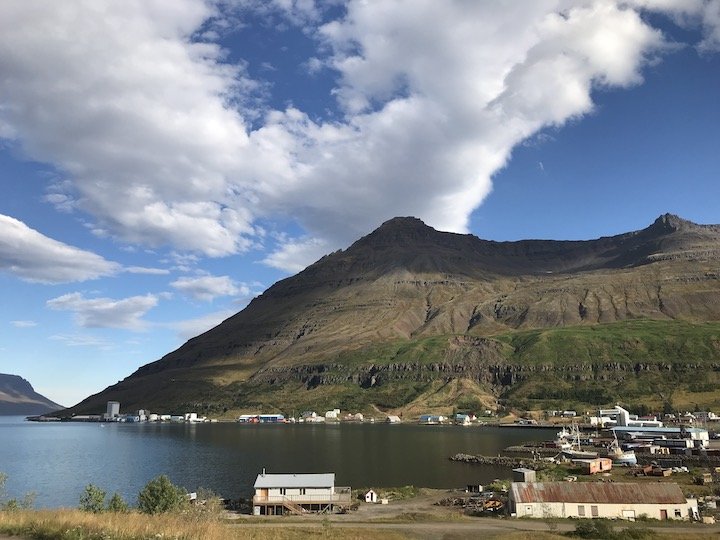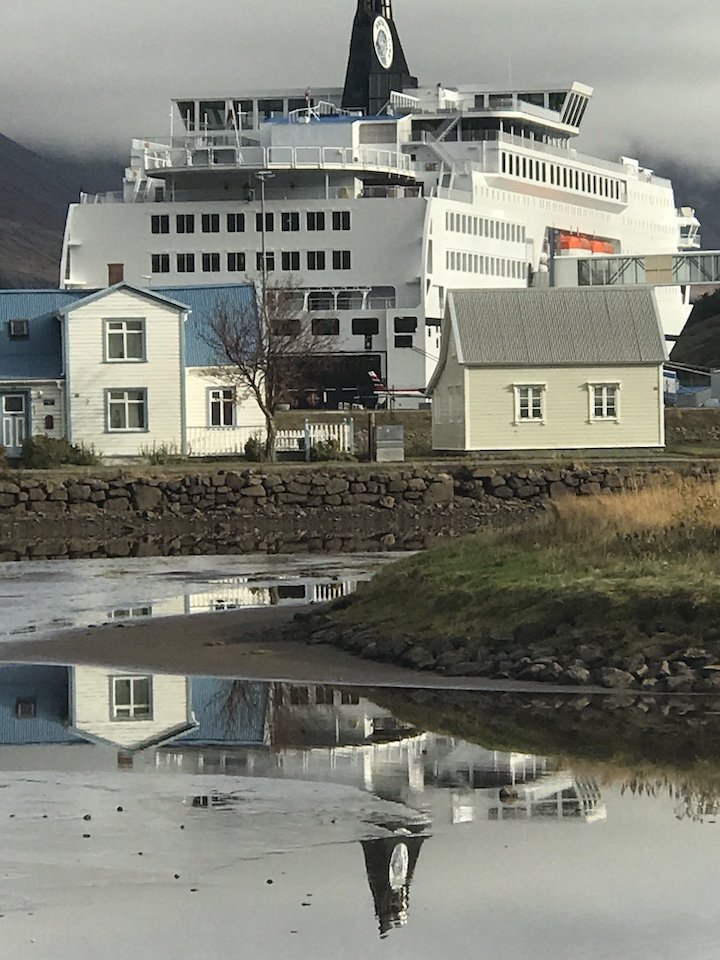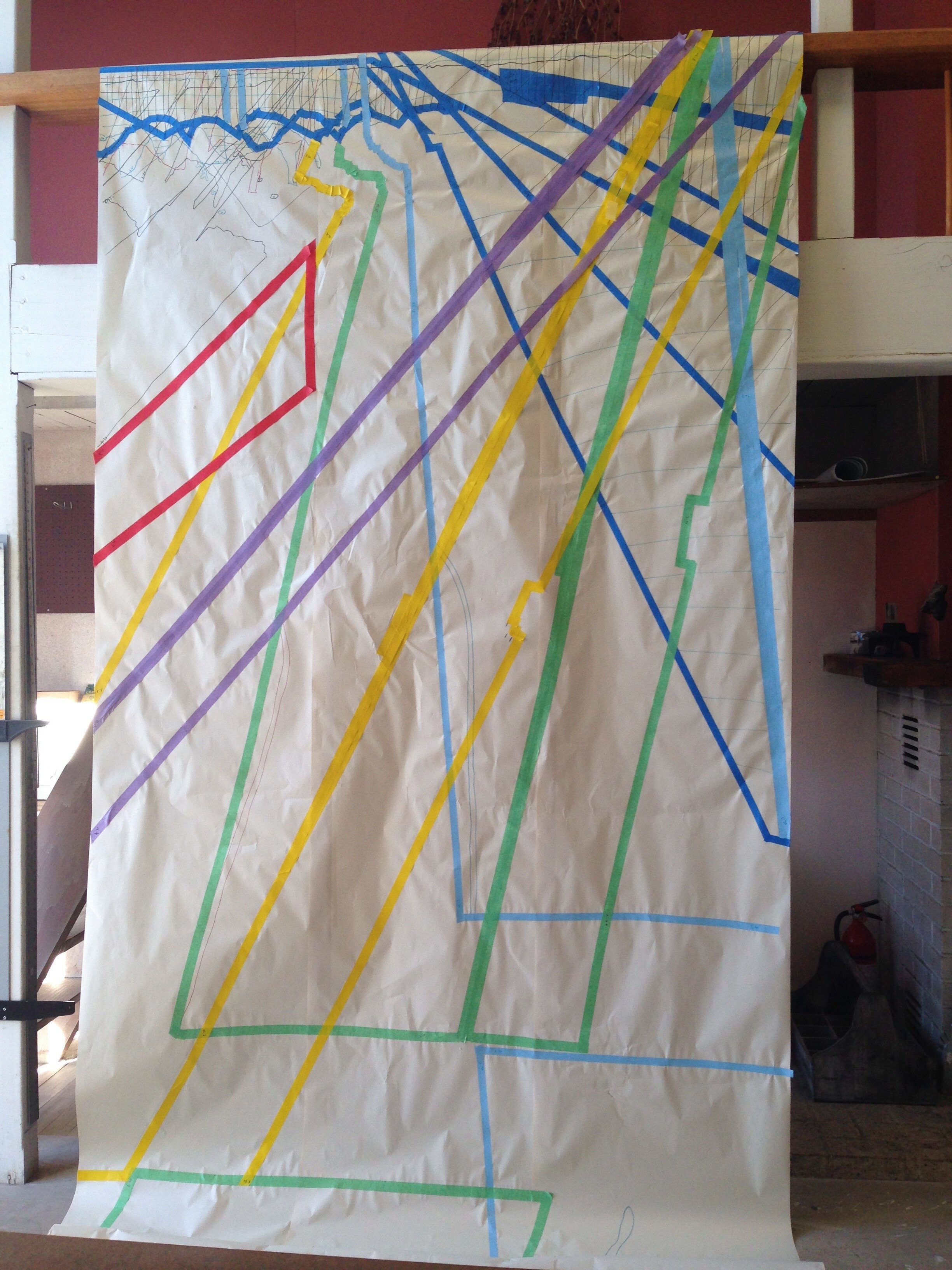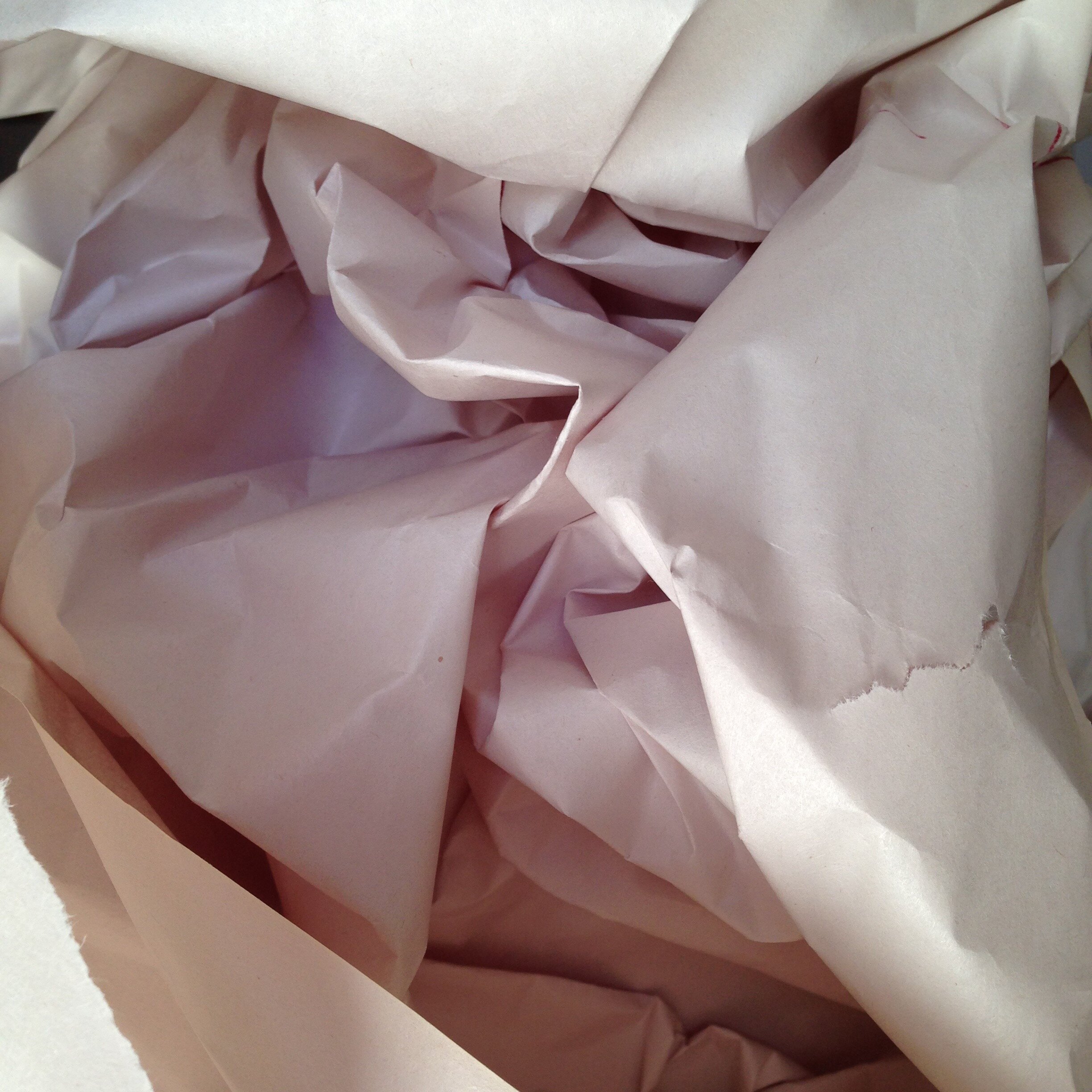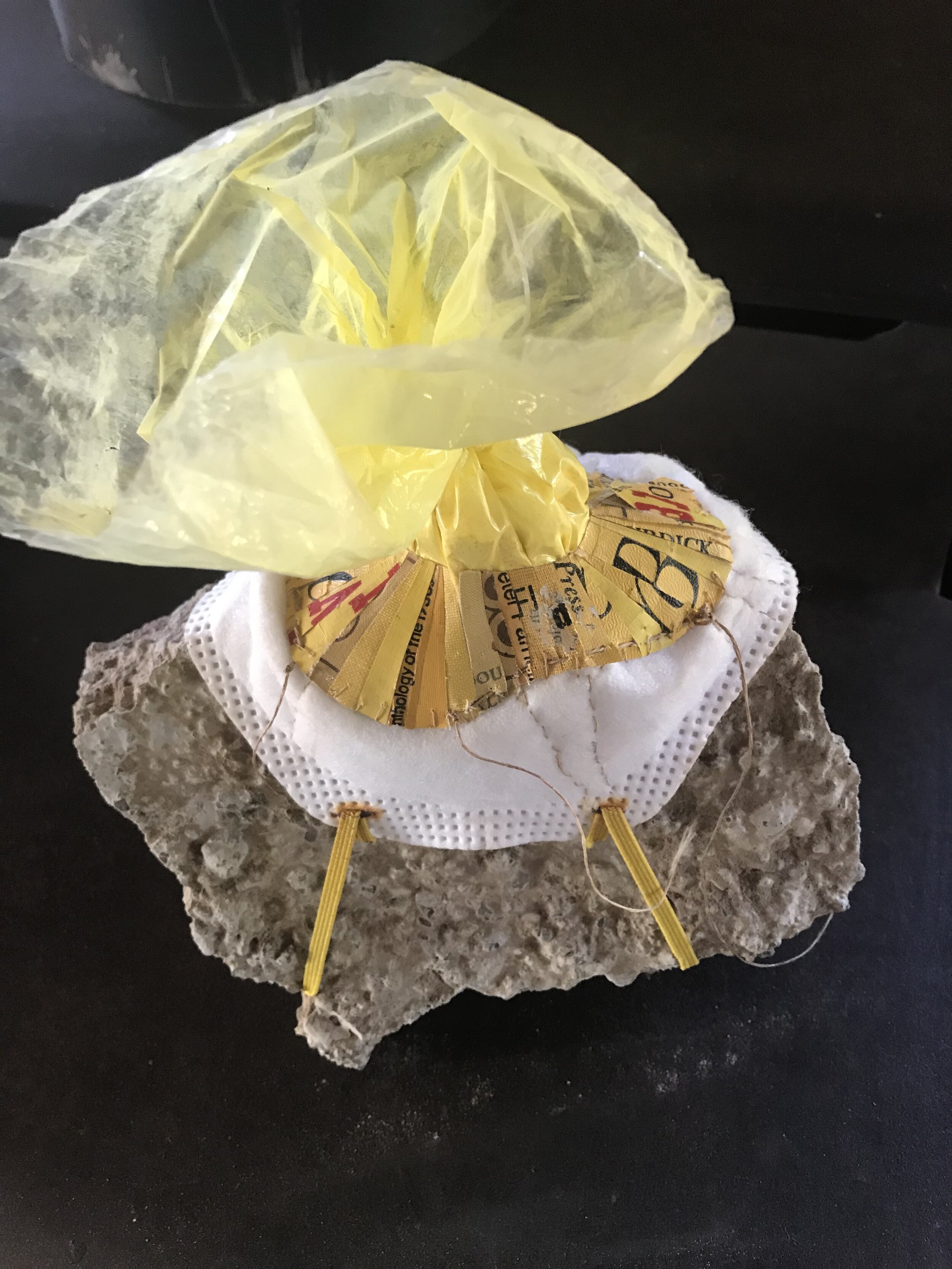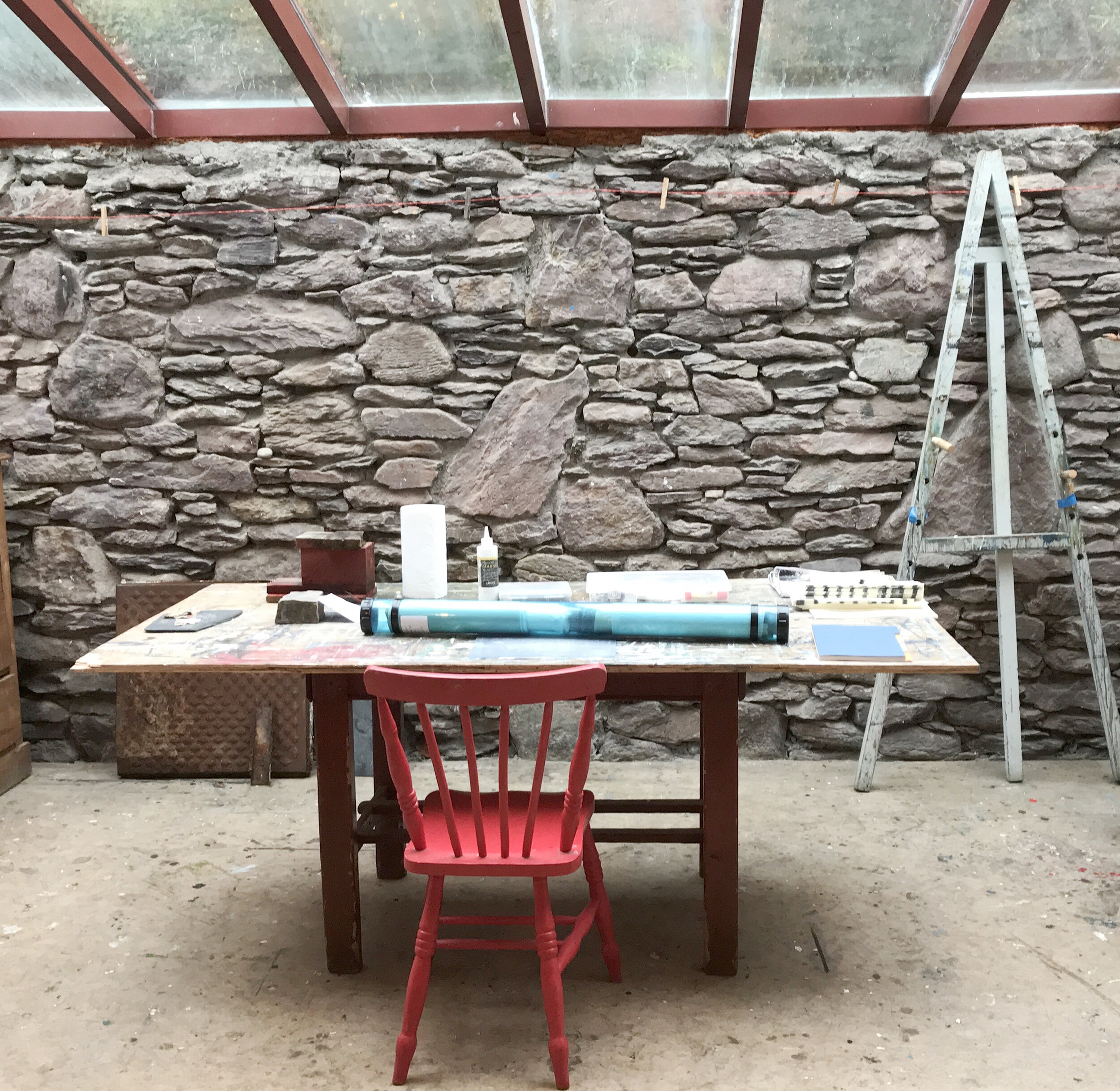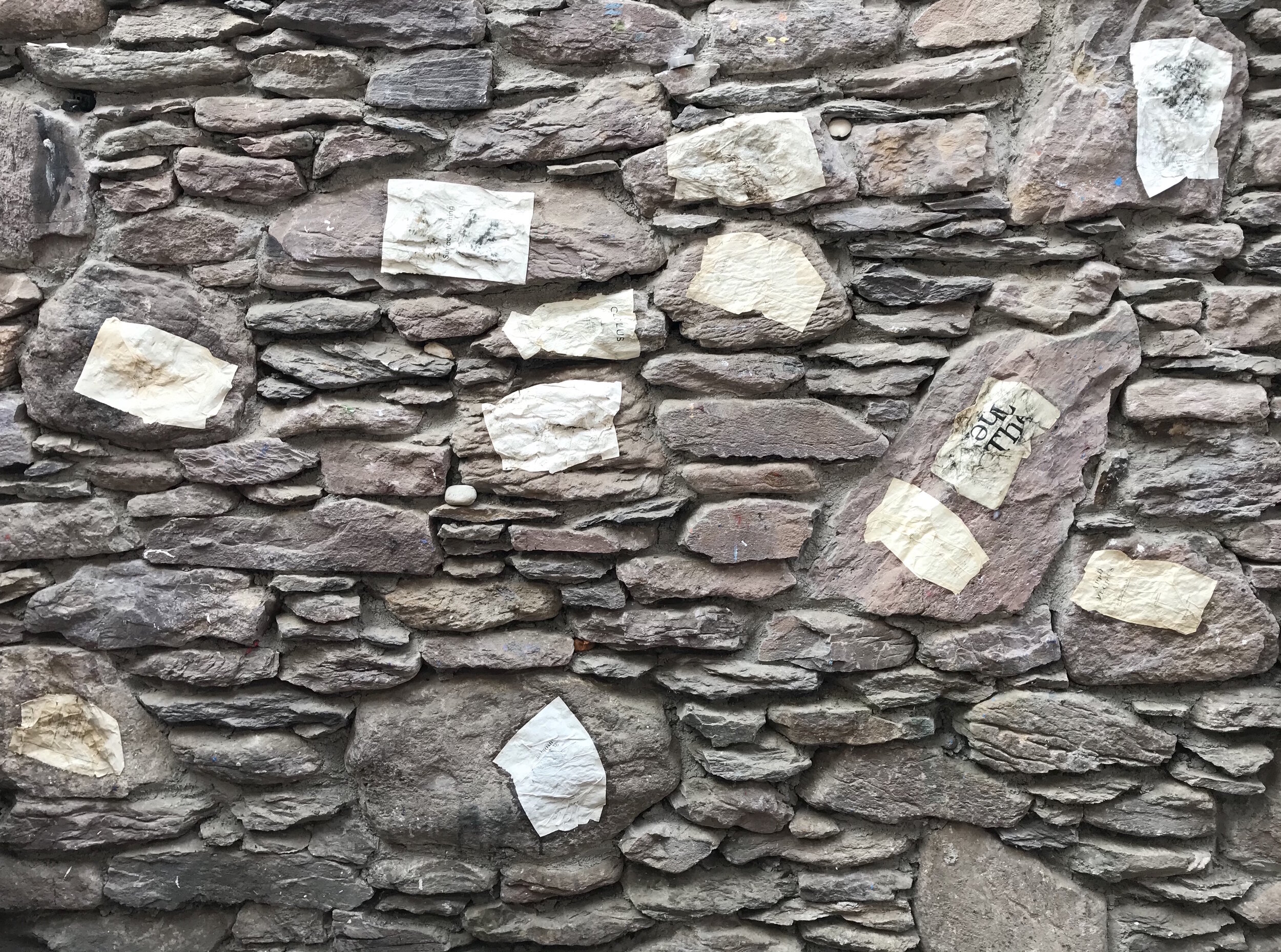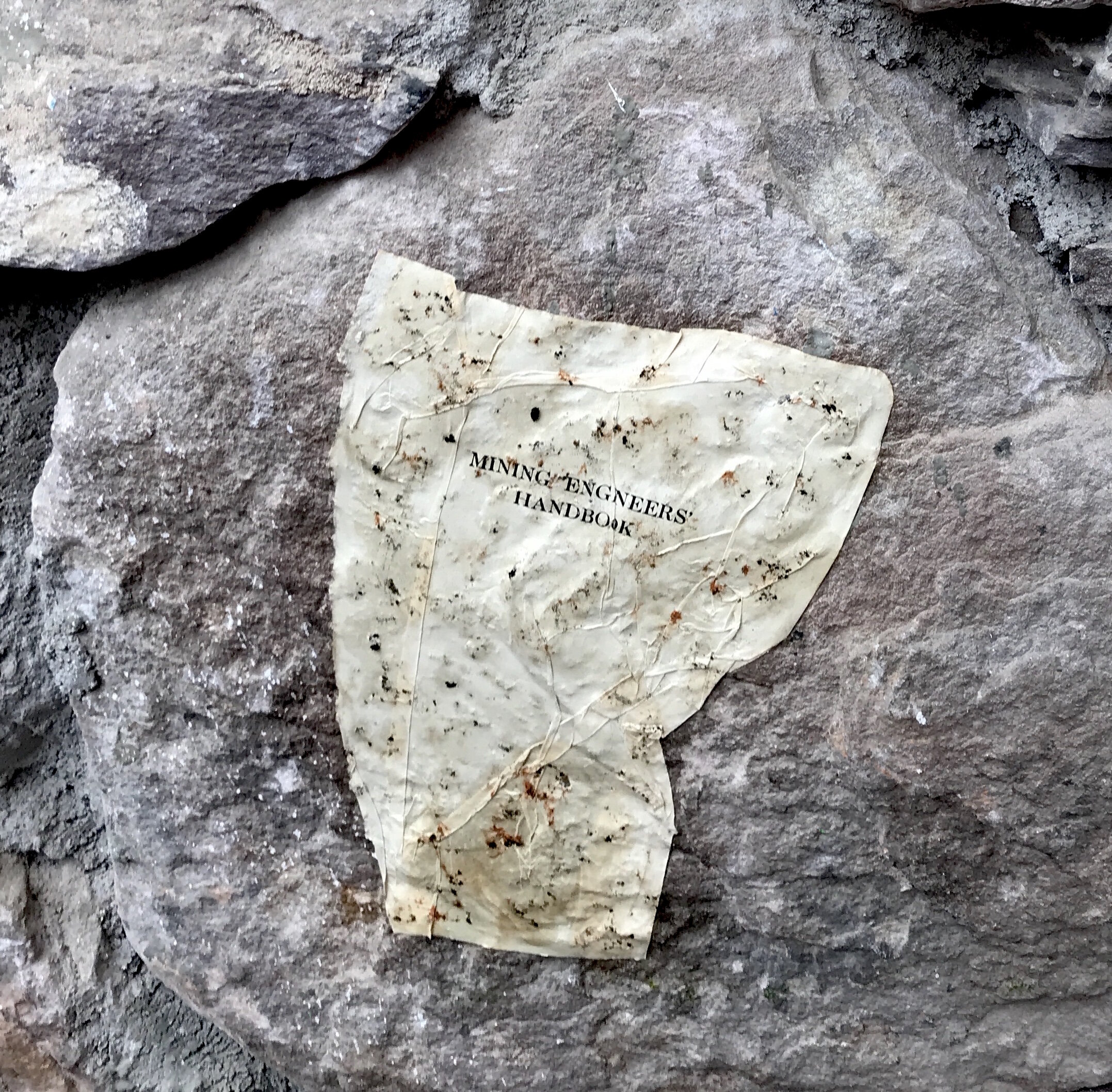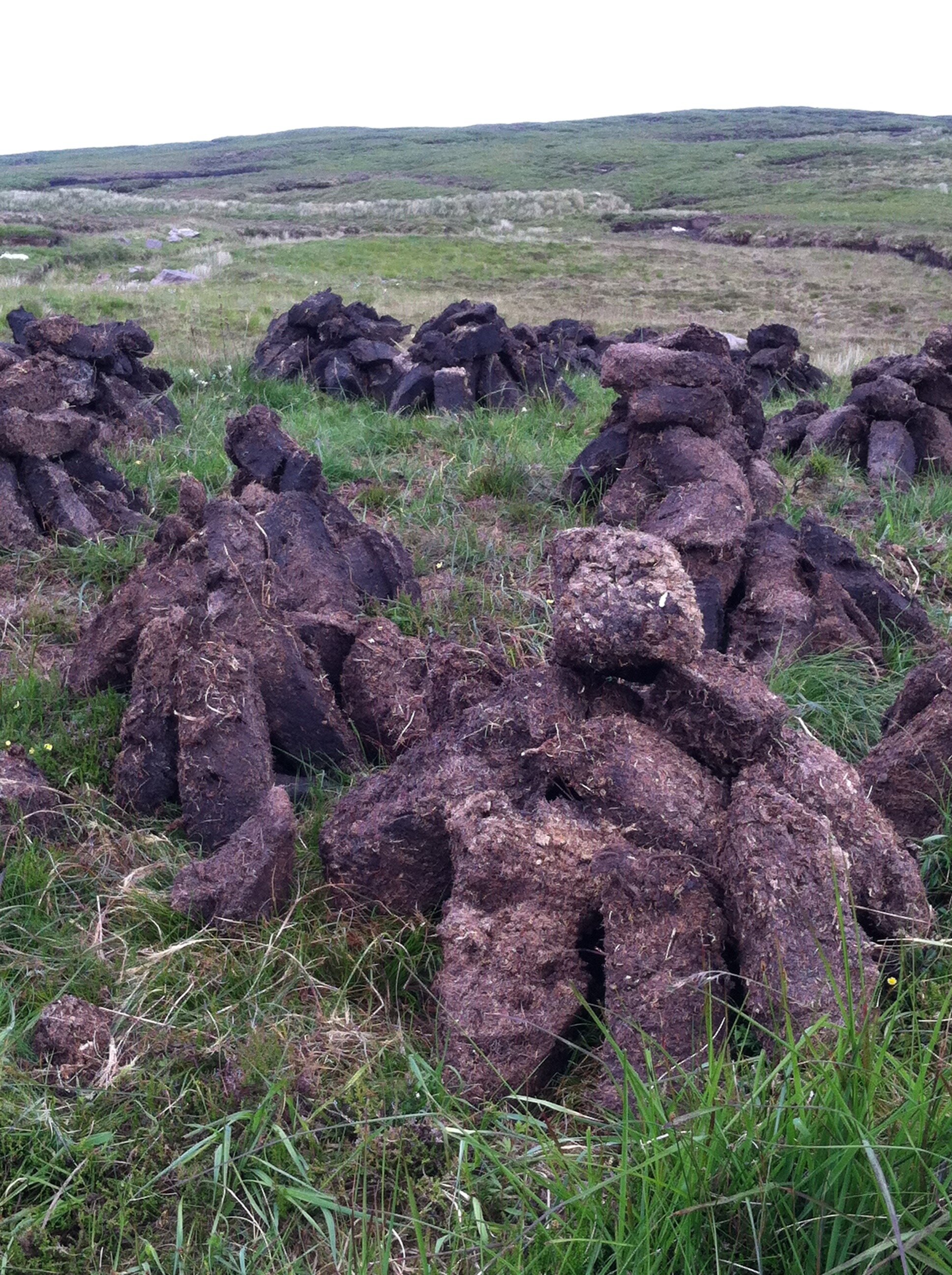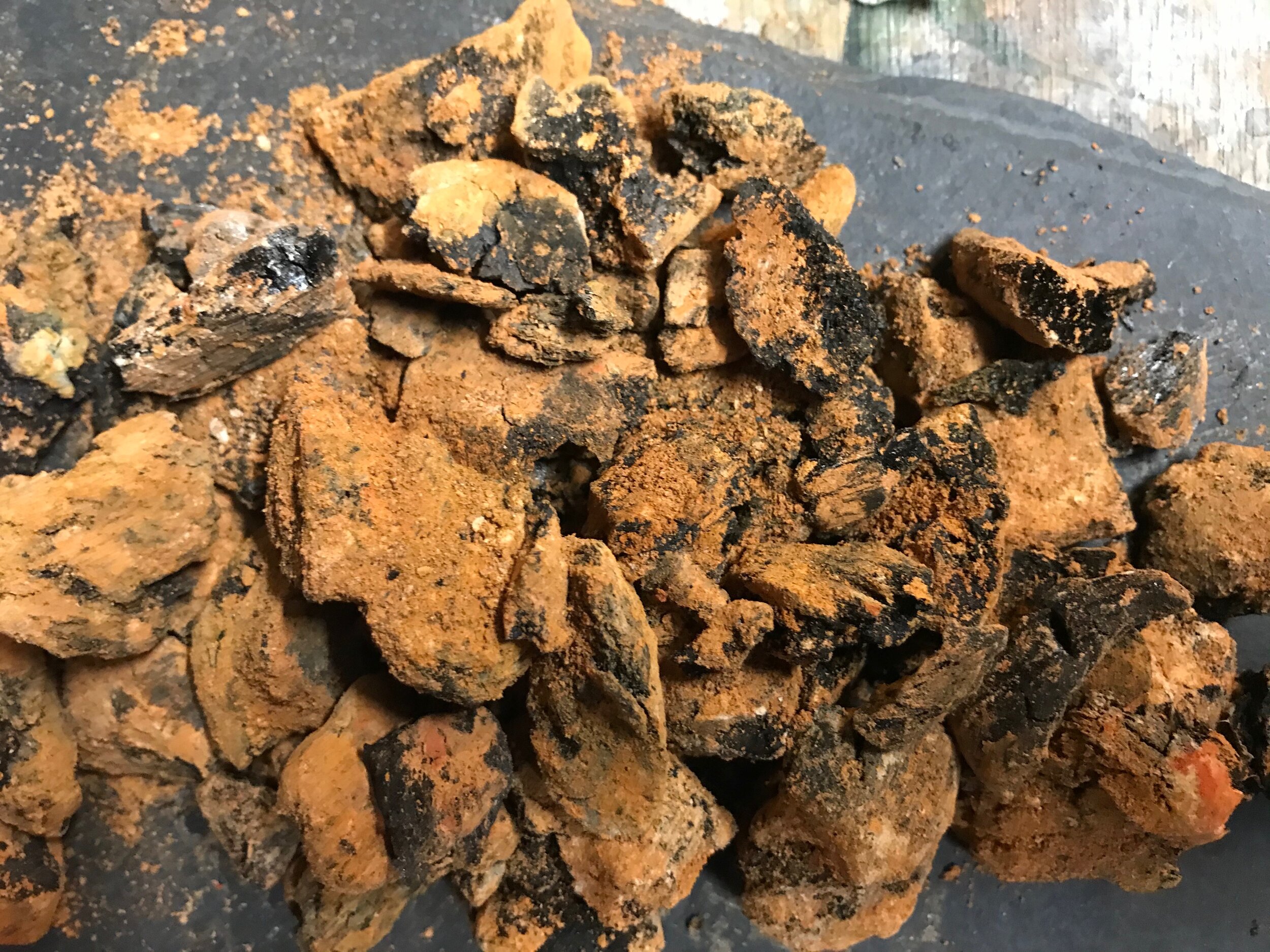About the Fish Skins:
I purchased the fish skins at the factory inSandarkrokur that processes up to
200,000 fish skins per year. Once tanned, the skins fromsalmon, wolffish, cod
and perch become strong, durable, thin and pliable — a flexible material to
work with.
Fish skins were used in Iceland for centuries, mainly by those who couldn’t
afford lamb leather. The untanned skin was considered poorer quality because
it was brittle and disintegrated easily. People would measure distance over a
mountain by counting how many pairs of fish skin shoes you would wear walking
over it.
Modern tanning techniques take advantage of fish skin’s unique microscopic
crosshatched pattern. When tanned, it’s stronger than most skin you can get, 10
times stronger than lamb leather of the same thickness.
Icelandic Fish/Skin Idioms: (literal translation and meaning)
pikkur á honum skrápurinn - tough skin; one can endure much
tröfaldur i rođinu - double in your skin; a shady character, two-faced
In English, we might say, "to talk out of both sides of your mouth"
which means you say one thing and mean another and implies
what you say is untruthful and contradictory.
rúginn ađ skinni - only the skin left; money or something lost
In English, we might say "only the shirt on one's back"
vera i ham - to be in a skin; energetically working with a focus
húđlafur - skin lazy; slept in bed all of the time in cow skins
skinniđ mitt - my skin; term of endearment to a child, my little darling
eigi einhamr - not of one skin, or shape
Ađ fara hamförum - to move from one shape to another, to
shape-shift, meaning to go beserk
Researching Icelandic idioms made me think of our own
expressions using skin as an image.
A few below:
skin deep
by the skin of your teeth no skin in the game get the skinny
skinflint
more than one way to skin a cat skinny dipping
skinny shiv
And then there are other kinds of skins, this one from a resident here at Gullkistan.





